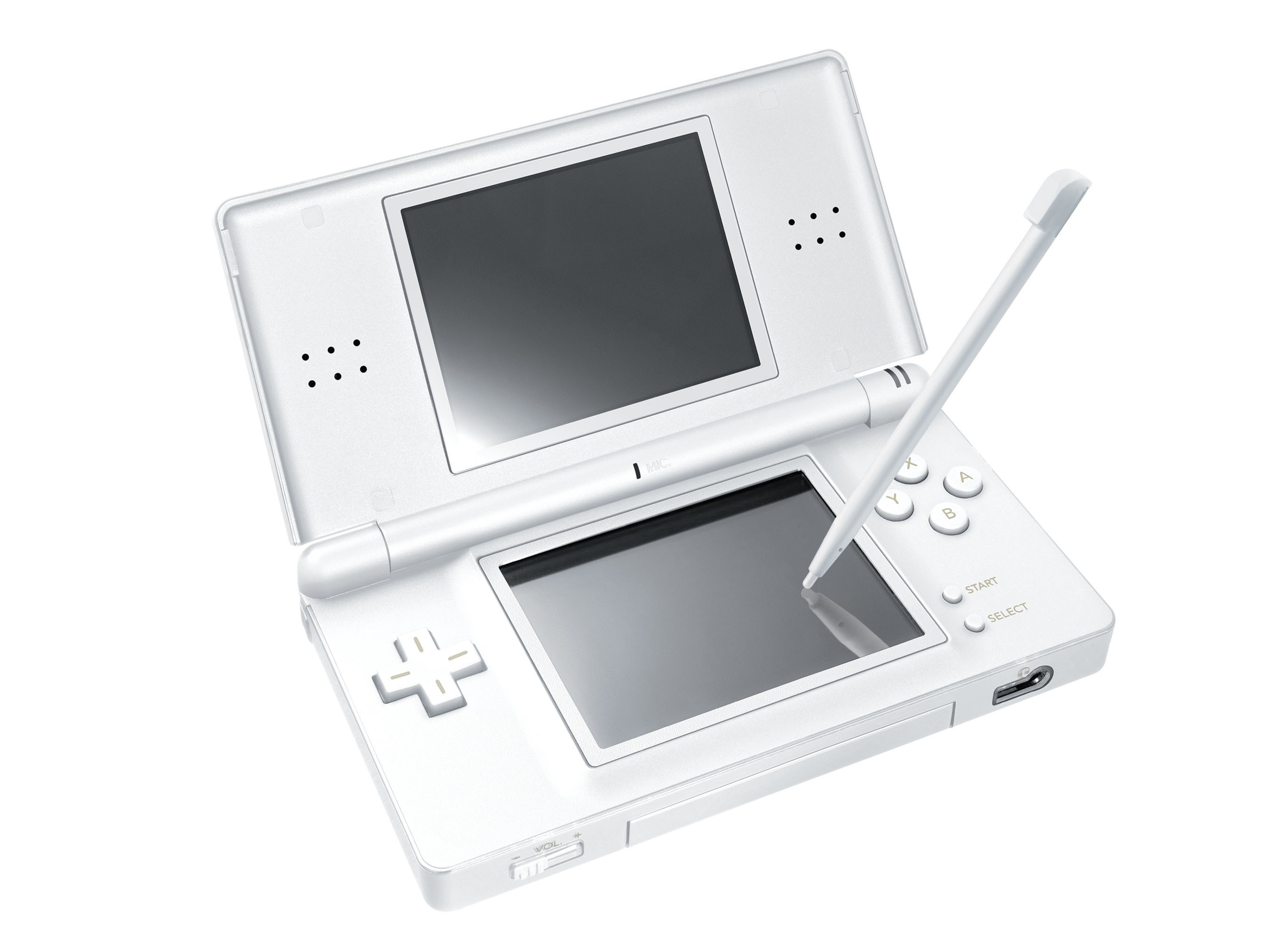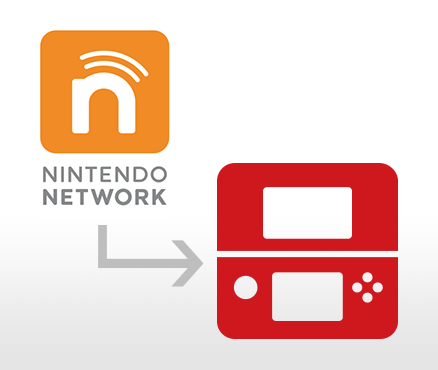

Moving Pokémon from Pokémon Bank to Pokémon HOME on mobile devices when you don’t have a Nintendo 3DSġ. If the Nintendo Network ID was confirmed as being linked to your Nintendo Account, all the Pokémon in Pokémon Bank will be moved to Pokémon HOME. Once you’ve confirmed that you have the correct Nintendo Network ID and made sure that there’s no problem with beginning the move to Pokémon HOME, select Begin. Select Check to make sure that the Nintendo Network ID used for Pokémon Bank is linked to the Nintendo Account associated with your Pokémon HOME account.ĥ. Moving Pokémon from Pokémon Bank to Pokémon HOME on Nintendo Switch when you don’t have a Nintendo 3DSġ. Link the Nintendo Network ID that you used with Pokémon Bank to the Nintendo Account that you are using with Pokémon HOME.Ĥ. Pokémon that are moved to Pokémon HOME will be deposited in Pokémon HOME’s Boxes.

The move from Pokémon Bank to Pokémon HOME will begin once the Moving Key has been correctly entered. (Note: Codes never include the letter O, I, or Z.) Within the three minutes before the Moving Key expires, enter the Moving Key that was displayed in Pokémon HOME. Select Display Moving Key! to display a Moving Key.ġ0. Read through the warning message, then select Ready!ĩ. Tap the button at the bottom of the screen to open the menu.Ĩ. Moving Pokémon from Pokémon Bank to Pokémon HOME on mobile devices when you have a Nintendo 3DSĤ. You’ll be able to select how you’d like to deposit the Pokémon into your Pokémon HOME Boxes.

Select Display to display a Moving Key.Ĩ. Once you’ve selected your Boxes, press the Y Button and then select Yes.ħ. Select the Boxes you want to move to Pokémon HOME.ģ. Select Move Pokémon to Pokémon HOME from the main menu.Ģ. Moving Pokémon from Pokémon Bank to Pokémon HOME on Nintendo Switch when you have a Nintendo 3DSġ. Note: Some features may not be available to all users in accordance with Pokémon HOME’s Terms of Use and Privacy Notice. Note: Depending on your device or operating system, you may not be able to use certain features. Please be aware that all Pokémon in Pokémon Bank will be moved at once in this case. Note that a Premium Plan (paid) for Pokémon HOME is required.Įven if you don’t have a Nintendo 3DS, it is still possible to move Pokémon from Pokémon Bank to Pokémon HOME using only Pokémon HOME if the Nintendo Account tied to Pokémon HOME and the Nintendo Network ID tied to Pokémon Bank are linked. Note: A Nintendo Switch Online membership (paid) is not required.Ĭonnecting Pokémon Bank with Pokémon HOME For more details, please visit Nintendo’s home page. These two types of accounts are required to utilize various services offered by Nintendo. Under Private, select Turn on Network discovery and Turn on file and printer sharing.To use certain functions of Pokémon HOME, you will need a Nintendo Account and a Nintendo Network ID. Select the Start button, then select Settings > Network & internet, and on the right side, select Sharing options.
#NINTENDO DS NETWORK FILE SHARING UPDATE#
Update Windows. Ensuring all machines are as updated as they can be is key to making sure you aren't missing out on any driver or Windows updates. Make a Wi-Fi network public or private in Windows Share things with nearby devices in Windows Right-click each of the following services, select Properties, if they're not running, select Start, and next to Startup type, select Automatic: In the Run dialog box, type services.msc, and then select OK. Make sharing services start automatically.
#NINTENDO DS NETWORK FILE SHARING PASSWORD#
Under All Networks, select Turn off password protected sharing. In the Advanced sharing settings window that appears, under Private, select Turn on Network discovery and Turn on file and printer sharing. In the Find a setting search bar, type manage advanced sharing settings and select Manage advanced sharing settings from the suggested results. Select the Start button, then select Settings. Turn on network discovery and file and printer sharing, and turn off password protected sharing. To find out how, read Make a Wi-Fi network public or private in Windows.

If you're on a Wi-Fi network, set it to Private. For example, if your computers connect to the internet through a wireless router, make sure they all connect through the same wireless router. Make sure the computers are on the same network. Ensuring all machines are as updated as they can be is key to making sure you aren't missing out on any driver or Windows updates. To troubleshoot problems with sharing files or folders, follow the steps below on all computers from which you're trying to share.


 0 kommentar(er)
0 kommentar(er)
